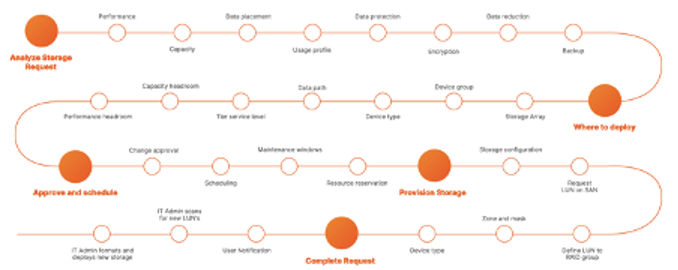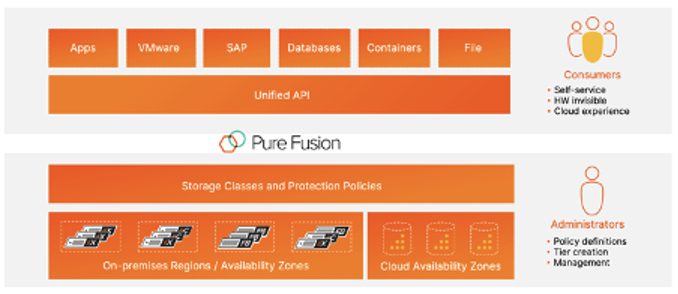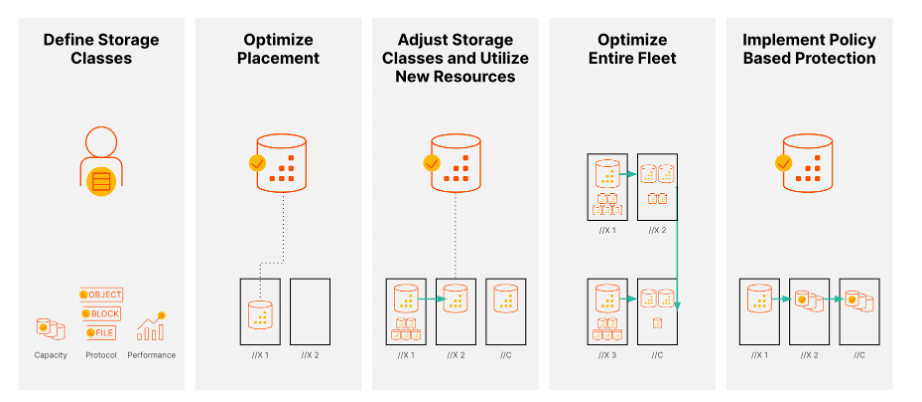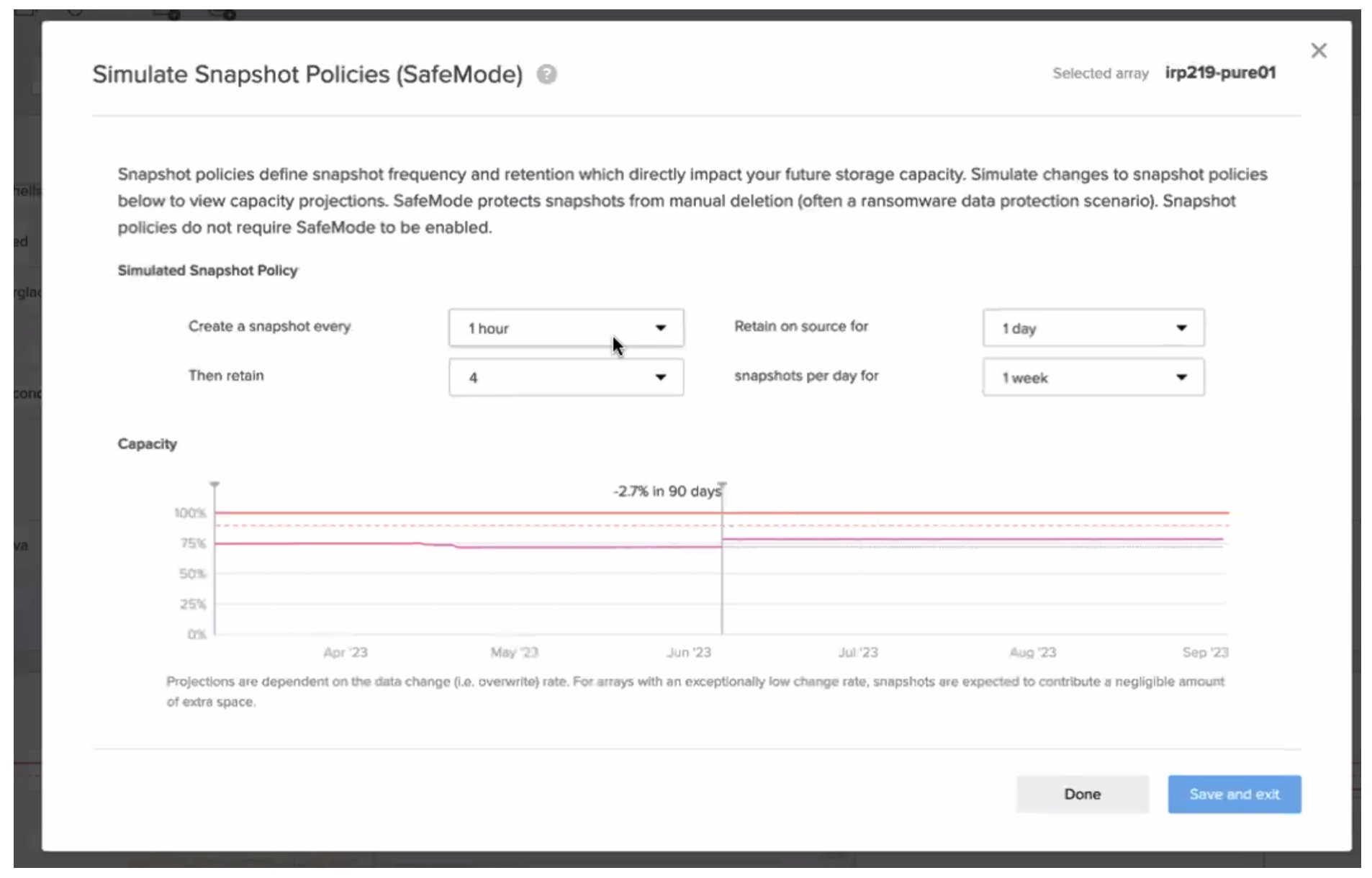Enterprise Speed
What We Want for Enterprise Applications
Talk to any large organisation, and the CxOs will tell you that they’re working hard to bring increased agility into the environment. Users don’t want to know about the hardware that supports the applications they run, they just want everything to be instantly accessible and simple to provision. They’ll tell you that storage continues to grow at a rate that is frightening, while the application consumers continue to demand storage resources at an even greater rate.
What We Get
But what does the average enterprise infrastructure environment really look like? It might be modern in terms of hardware, but it can be a struggle to get things done. Requests for storage require manual intervention, scale is limited, storage silos are everywhere, and there’s limited public cloud integration. You want storage in one of the big environments? In some places, the process looks like this.

No, it’s not the nineties. This is still happening.
What We Really Want
To deal with capacity demands, we need scalability. We want to be able to do it ourselves. And when our application needs change, we want to be able to deal with it ourselves. Why can’t our enterprise storage be more like the cloud?
The Pure Fusion Vision
Imagine you could take your existing Pure Storage FlashArrays and pool them together. Sounds like a nice idea in theory – a big pool of storage capacity and a big pool of performance. Now imagine you could carve up that pool into different Availability Zones and Storage Classes. Even better. Do you need different tiers of storage for different applications? Sure you do. What if your application owners want to help themselves to storage? Do you want to spend time provisioning artisanal storage solutions? Or would you rather your application owners were able to help themselves?

What Do You Mean Cloud?
One of the great things about the cloud is that you can take a pool of resources and define the best way to use them. When your application needs change, you can adjust the policies that you apply to your resources and the applications benefit from this. You can easily add new resources to your pool and optimise the entire fleet. The great thing about Pure Fusion is you can also do this with your FlashArray assets (with support for Cloud Block Store coming soon and FlashBlade later afterwards).

We All Want More
Another great feature of Pure Fusion is the concept of “Infinite Scale-out”. With Pure Fusion, you are no longer limited by the upper capacity of a single FlashArray, or cluster of FlashArrays. Now you can support 100s of arrays, with support for 1000s of volumes. You can even extend beyond the confines of the data centre walls, with support for Cloud Block Store as well as collocation partners like Equinix.
We’re Automated
There would be no point complaining about the manual effort required in provisioning storage at scale if Pure wasn’t able to deliver automation capabilities through “Storage-as-Code”. Sure, everything nowadays is “X-as-Code”, but this really delivers, with all aspects of the configuration and consumption exposed via API, and support for platforms such as Ansible, Terraform, and others.
Won’t I Still Need to Babysit My Workloads?
No, you won’t. The solution uses analytics to place workloads in the best spot. It’s not just a once-off thing either, and workloads with changing performance requirements can be non-disruptively rebalanced across the environment. The system continuously monitors workloads as part of its performance and utilisation optimisation, so you don’t have to.
Wrapping Up
Pure Storage has always had a great story to tell in terms of taking a modern approach to storage. But talk to any storage administrator working in a large enterprise, and they’ll tell you that it’s invariably a conservative environment to work in. The reason for this is that, in financial services and healthcare particularly, applications are generating revenue, or saving lives. It’s all important stuff. Pure Fusion isn’t going to immediately change the way that storage is deployed and managed in large enterprises. But what it will do is take away many of the technical constraints around what is possible when it comes to delivering infrastructure agility in an enterprise environment. And that’s definitely a step in the right direction.
Pure Fusion will be in early access by the end of this year, with general availability to come in the first half of 2022. To learn more, visit this webpage.
Learn more about Pure Storage and their vision for the future of enterprise storage by watching their recent Tech Field Day appearance.




